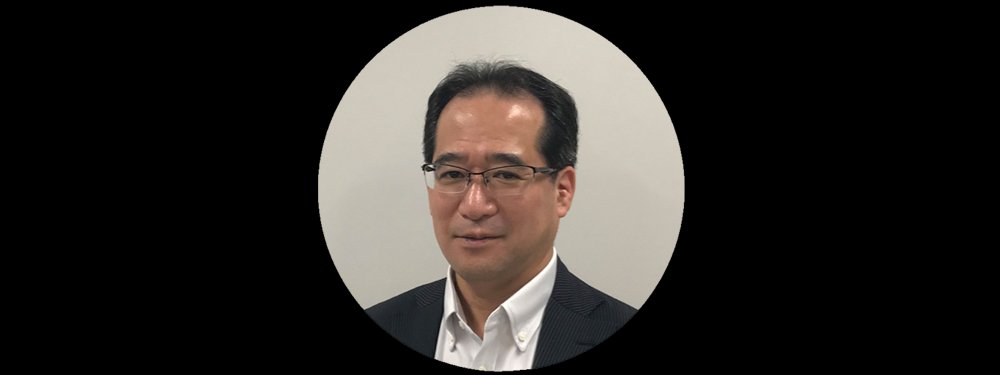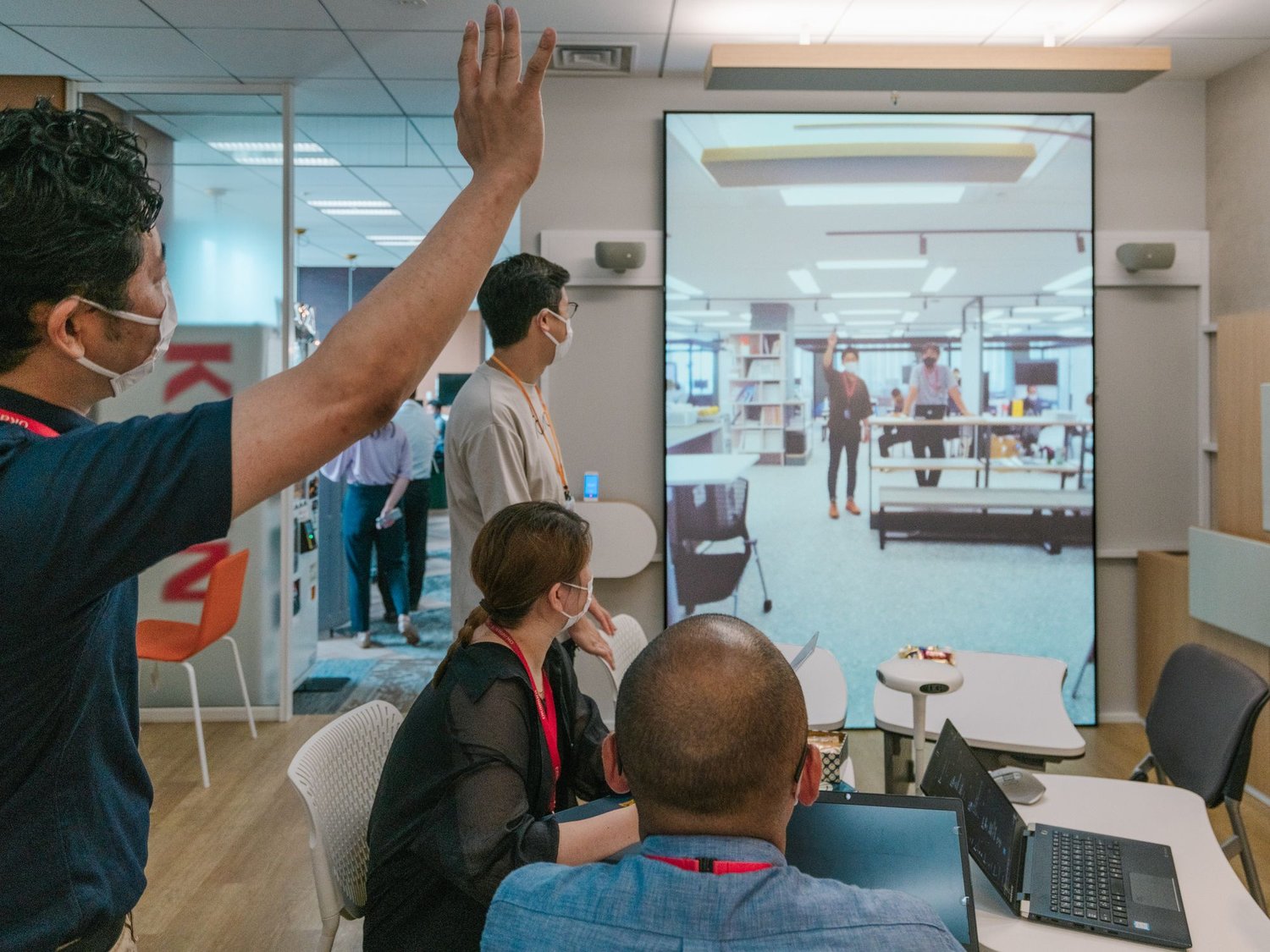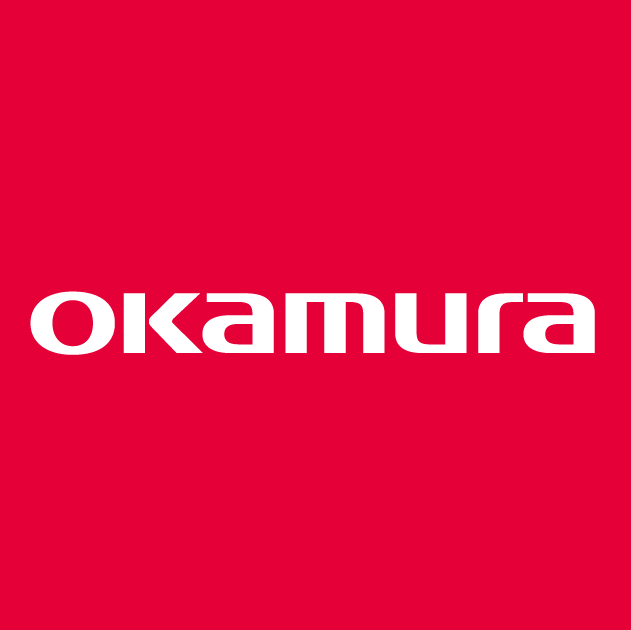Okamura Corporation established an institute that has been conducting research on working styles and workspaces since 1980. They aimed to further activate and encourage creativity by connecting the design and sales departments through tonari.
Challenges and achievements
- Okamura’s workplace design team is split between two locations, limiting spontaneous and casual discussions that are essential for designers to be effective
- By seamlessly connecting the spaces with tonari, designers are now able to communicate texture, feel of the product, and what they envision in an intuitive way. This has created both a space for design collaboration as well as a more unified team and culture across offices
Valuing human connections, and adapting to diverse and decentralised work styles
tonari can strengthen collaboration between departments while emphasising human connections and emotions between employees.
Through tonari, we would like to expand and increase the interaction between divisions that are physically separated from each other. We plan to learn how they work and move on a daily basis to create better work flow and habits. Takahata-san, General Manager, Workplace Consulting Division
Conveying life-size excitement with an intuitive, easy connection
At Okamura, communication between the design and sales departments was a challenge. In particular, discussions essential to the work of designers were limited, and existing tools made it difficult for designers to intuitively convey what they had in mind.
It was very exciting to experience new things and new challenges for the first time. I was impressed by how much more connected we feel just by having our whole bodies reflected, not just our faces as in online meetings. I hope that this sense of connection and ease of dialogue will serve as a new bridge between distant locations. Kawakami-san, Space Design Department 1
Spaces designed to allow for flexible and engaging communication
The tonari space in the Akasaka HQ office was opened up to allow for staff to sit within the vicinity, as well also approach from the main walkway to encourage more spontaneous conversation.
Within the Kyobashi office, tonari is located in a more enclosed space, so the immediate area was adjusted to have more flexible furniture to allow for different uses. Furniture in the back of the visible area allows for teams to work for longer periods of time, while also being able to easily move toward the primary tonari space for discussions.

Both spaces also bring in ‘anchors’ to create more user engagement: in this case, both spaces have libraries and coffee corners in the vicinity that encourage other teams to come into the space and engage through tonari to meet and speak with others.
Creating better workflows and habits

Through tonari, we would like to expand and increase the interaction between divisions that are physically separated from each other. We plan to learn how they work and move on a daily basis to create better work flow and habits. Takahata-san, General Manager, Workplace Consulting Division
About Okamura
Okamura is one of the leading furniture manufacturers and workplace designers in Japan and provides high-quality products and services in a variety of settings, including offices, educational, healthcare, research, commercial facilities, logistics centers, and more. They aim to create comfortable spaces by leveraging their "comprehensive strength" that draws on knowledge and technology from all fields. Okamura's mission is to "contribute to society by creating environments where people can thrive with rich ideas and reliable quality".
Similar use cases
- Sompo Japan, Fostering Team Spirit Connecting last-mile offices to strengthen internal collaboration and communication
- JR East, Managing Projects at the Frontline Connecting distributed teams across headquarters and development sites to share ideas for city planning

